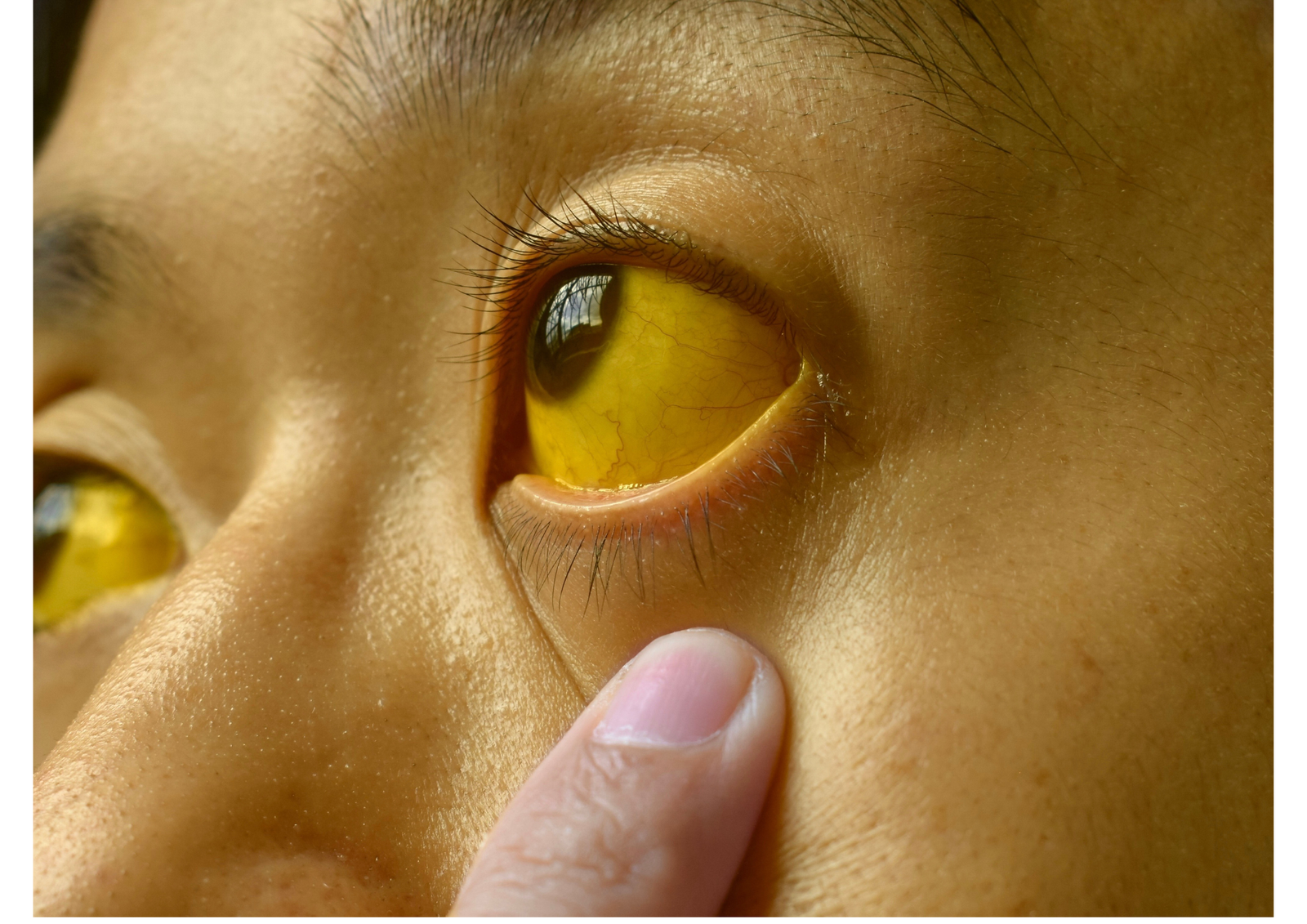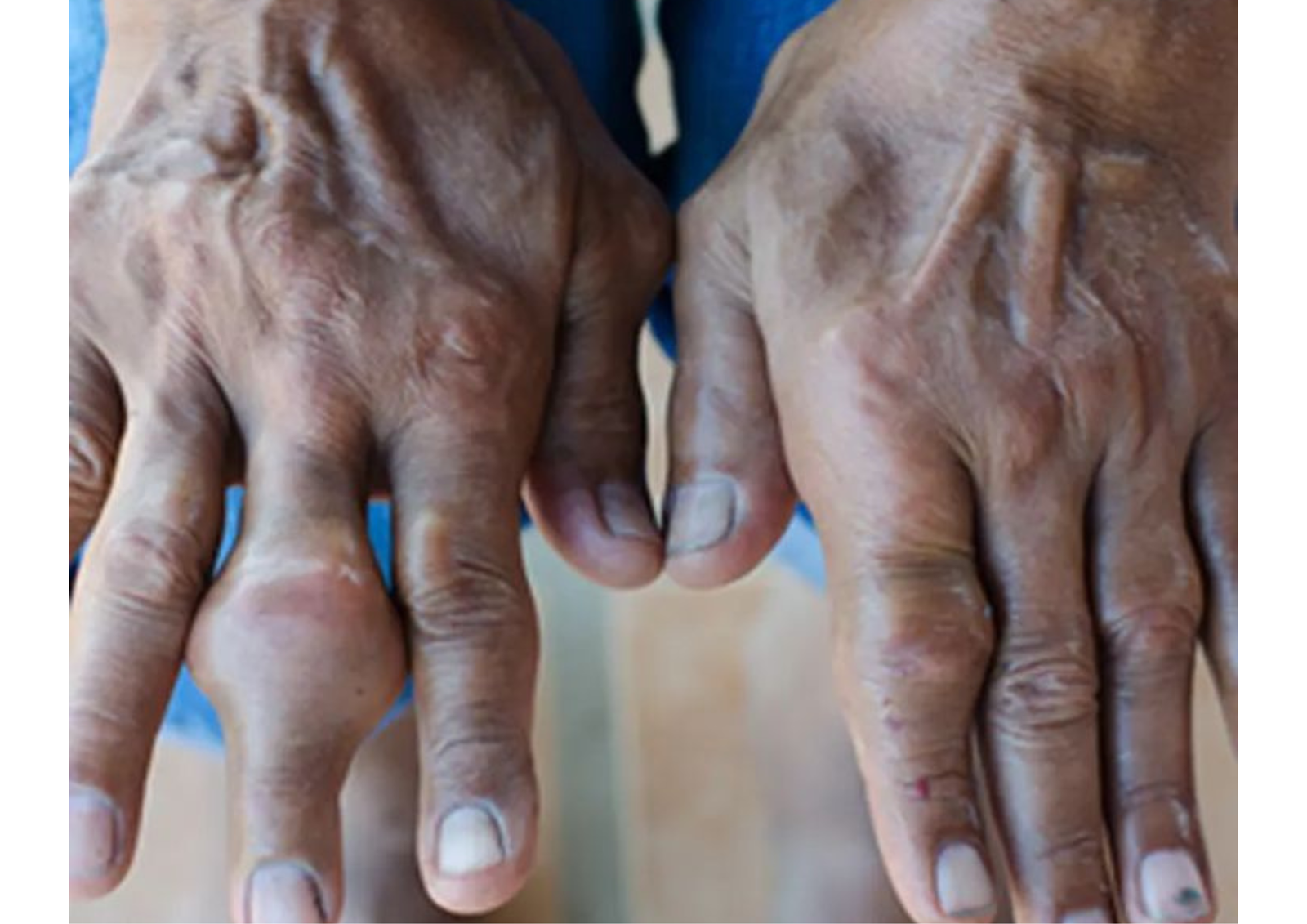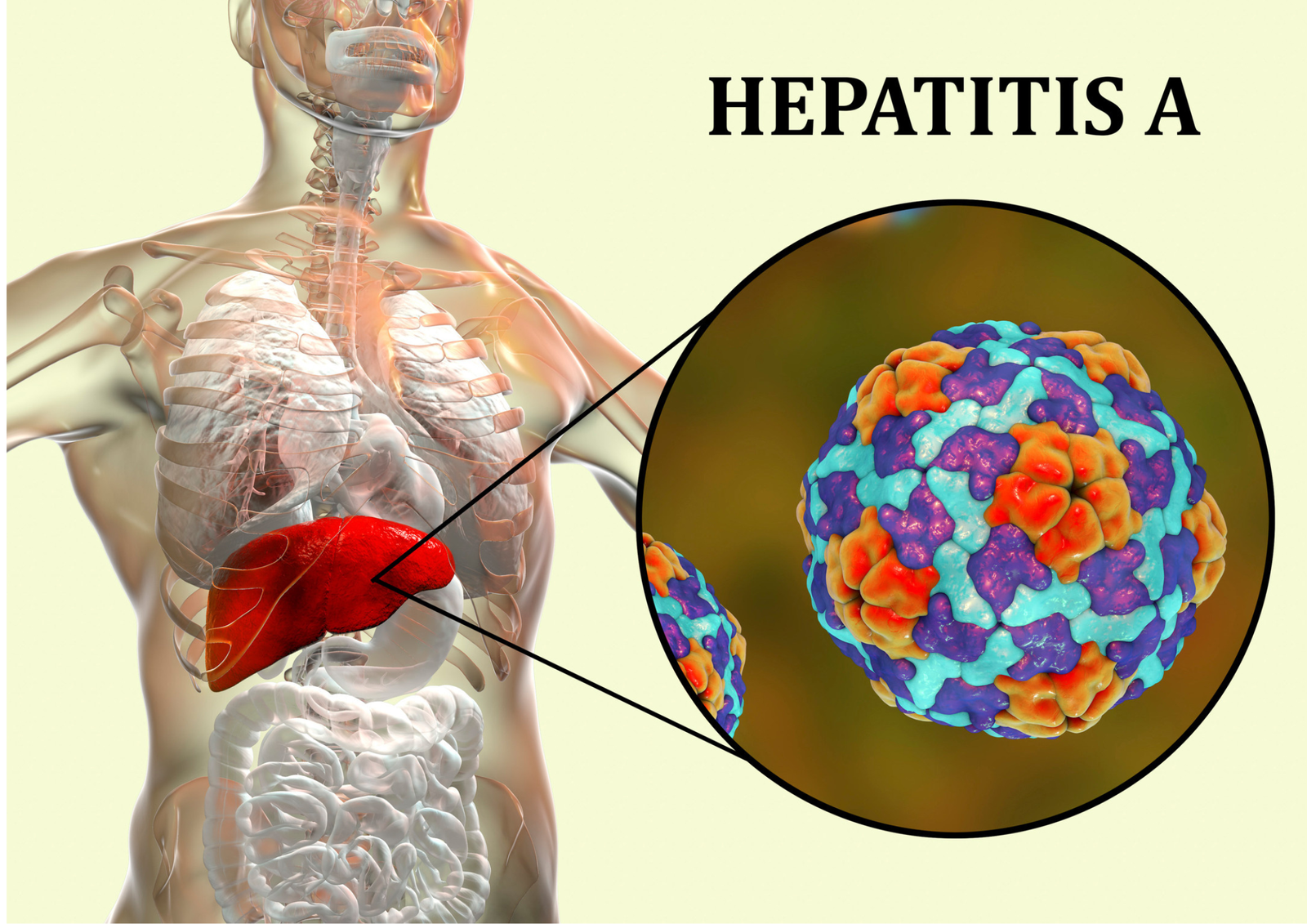Understanding Fatty Liver Disease: Types, Symptoms, Causes, Treatment, and Prevention in Ayurveda
A major global concern, fatty liver disease (FLD) is frequently associated with lifestyle factors such poor diet, inactivity, and rising obesity rates. Ayurveda provides a comprehensive approach to understanding and controlling fatty liver disease through a combination of dietary changes, herbal remedies, cleansing, and lifestyle adjustments, whereas conventional medicine usually concentrates on pharmaceutical interventions and lifestyle changes.
What is Fatty Liver Disease?
While the liver naturally contains some fat, when fat makes up more than 5% to 10% of the liver’s weight, it can lead to inflammation and liver damage.
There are two primary types of fatty liver disease: 1. Non-Alcoholic Fatty Liver Disease (NAFLD), which is unrelated to alcohol consumption and is frequently linked to metabolic syndrome, obesity, diabetes, and high cholesterol; and 2. Alcoholic Fatty Liver Disease (AFLD), which is caused by excessive alcohol intake and results in the accumulation of fat in the liver cells. Although the liver naturally contains some fat, excess fat that accounts for more than 5% to 10% of the liver’s weight can cause inflammation and damage to the liver.
Symptoms of Fatty Liver Disease
In the early stages of fatty liver disease, the symptoms are frequently mild or nonexistent. But when the illness worsens, the following symptoms could manifest:
• Fatigue: Despite getting a full night’s sleep, feeling weak or exhausted.
• Discomfort in the abdomen: A dull or aching pain in the upper right abdomen.
• Jaundice: A yellowing of the eyes or skin that is indicative of liver disease.
• Unexplained weight loss: Weight loss that occurs suddenly and without explanation.
• Swollen legs or abdomen: Ascites, or fluid retention, may develop in more severe stages.
• Nausea and appetite loss: a generalized discomfort in the digestive tract and a decreased desire to eat.
Fatty liver disease frequently doesn’t cause any symptoms until it develops into more serious liver damage, including cirrhosis.
Causes of Fatty Liver Disease
Numerous factors contribute to the buildup of fat in liver cells, which in turn causes fatty liver disease. Among the frequent reasons are:
• Poor Diet: Obesity, insulin resistance, and fatty liver can all be caused by a diet high in processed foods, refined carbohydrates, and unhealthy fats.
• Obesity: One of the main risk factors for fatty liver disease is being overweight, particularly around the abdomen.
• Type 2 Diabetes: The accumulation of fat in the liver is largely caused by insulin resistance and elevated blood sugar levels.
• Overindulgence in Alcohol: Alcohol can harm liver cells, which causes fat to build up.
• Genetics: People may be more prone to fatty liver disease due to genetic and family history factors.
- High Triglycerides and Cholesterol: Fatty liver disease is a result of elevated blood lipid levels.
• Drugs: Certain medications, such as corticosteroids and specific chemotherapeutic treatments, can raise the risk of developing fatty liver.
Ayurvedic Perspective on Fatty Liver Disease
The liver is regarded in Ayurveda as a vital organ for digestion, cleansing, and nutrition metabolism. Fatty liver illness is believed to arise as a result of an imbalance in the body’s doshas (Pitta, Kapha, and Vata). Ayurveda sees the underlying causes and remedies as follows:
• Vata Imbalance: Too much Vata, which controls movement and evacuation, can cause poor digestion and the body to accumulate toxins (Ama), which can have an impact on the liver.
• Pitta Imbalance: The liver, metabolism, and digestion are all governed by the Pitta dosha. Fatty liver disease can be exacerbated by an inflamed Pitta, which can cause inflammation in the liver.
- Kapha Imbalance: Excess Kapha, which is linked to excess fat and mucus, can cause fat to be stored in the liver cells, which can result in fatty liver.
According to Ayurveda, a build-up of Ama (toxins) and an imbalance of Agnimandya (weak digestive fire) are frequently associated with fatty liver. As a result, fat is produced and deposited in the liver due to poor digestion.
Ayurvedic Treatment for Fatty Liver Disease
In order to treat fatty liver disease, Ayurveda focuses on balancing the doshas, improving digestion, and detoxifying the liver. The mainstays of Ayurvedic treatment are:
Dietary changes:
Steer clear of fatty, fried, and processed foods; swap unhealthy fats for healthier options like olive oil, ghee (clarified butter), and coconut oil.
Include bitter and detoxifying foods: Bitter vegetables like bitter melon (karela), fenugreek, turmeric, and amla (Indian gooseberry) help stimulate the liver and reduce fat; Eat smaller, more frequent meals: This aids in digestion and keeps the liver from being overloaded with toxins.
Include foods high in fiber: Whole grains, vegetables, and legumes promote healthy digestion and decrease fat storage.
Herbal Remedies:
Turmeric (Curcuma longa):
Known for its anti-inflammatory and antioxidant qualities, turmeric aids in liver detoxification and reduction
Bhringraj (Ecliptaalba):
Often called the “king of herbs” for liver health, Bhringraj aids in liver detoxification and rejuvenation.
Amla (Emblicaofficinalis):
Packed with vitamin C and antioxidants, amla helps protect the liver from damage and improve its function.
Ginger (Zingiberofficinale):
Ginger promotes digestion, lowers inflammation, and improves liver function.
Kutki (Picrorhizakurroa):
This herb aids in liver cleansing and bile production, aiding in fat metabolism.
- Panchakarma Detoxification: This group of Ayurvedic detoxification treatments helps the body rid itself of accumulated toxins (Ama), which enhances liver function. Typical treatments include:o Abhyanga (oil massage): Encourages lymphatic drainage, lowers inflammation, and increases circulation.
oVirechana (purgation therapy): Aids in liver and digestive system detoxification.
o Bathing (enema therapy): Clears the body of extra doshas and poisons.
- Modifications to Lifestyle:o Frequent exercise: Exercise promotes overall liver function, enhances insulin sensitivity, and aids in weight management.o Get enough sleep: The liver’s detoxification process depends on getting enough sleep.
o Stress management: Deep breathing, yoga, and meditation are techniques that assist lower stress, which can have a detrimental impact on liver function.
Prevention of Fatty Liver Disease in Ayurveda
According to Ayurveda, fatty liver disease can be avoided by leading a balanced lifestyle that promotes cleansing, digestion, and general well-being. Here are some pointers for prevention:
Adhere to a well-rounded diet: Steer clear of processed foods, alcohol, and too much sugar, and include fresh, organic foods.
Regular detoxification: To promote liver health, use detoxifying techniques like fasting under a doctor’s supervision or herbal tonics.
Get regular exercise: To maintain a healthy weight and enhance liver function, try to get in at least 30 minutes of moderate exercise each day.
Drink plenty of water: Throughout the day, sip warm water to aid with detoxifying and digesting.
Be mindful of your feelings: Physical wellness depends on emotional wellbeing. To keep your mind and body in balance, try yoga, meditation, or mindfulness.
Risk Factors for Fatty Liver Disease
Among the main risk factors for fatty liver disease are:
- Obesity
- insulin resistance and type 2 diabetes
- high triglycerides and cholesterol
- excessive alcohol use
- a poor diet heavy in fats and carbohydrates
- inactivity
- genetic predisposition.
- Stress
- Spicy food
- High triglycerides and cholesterol
- Get regular exercise
- Avoid spicy food
Get more information click here.
If you want 100% ayurvedic medicine. click here




